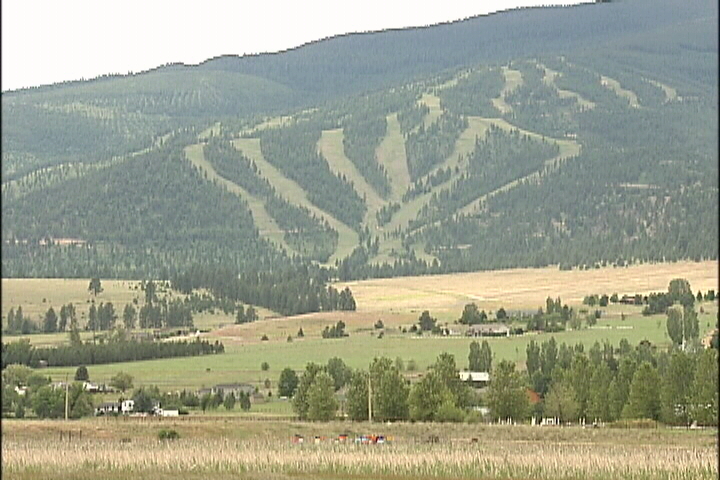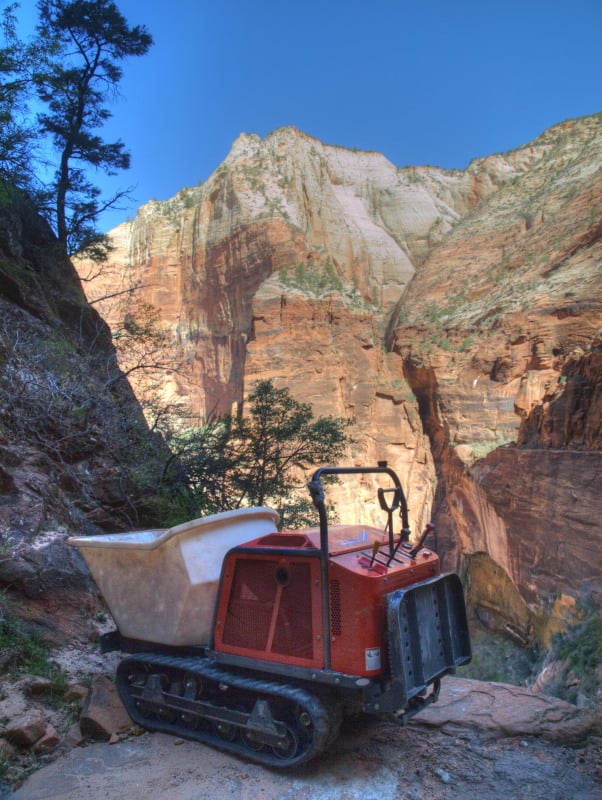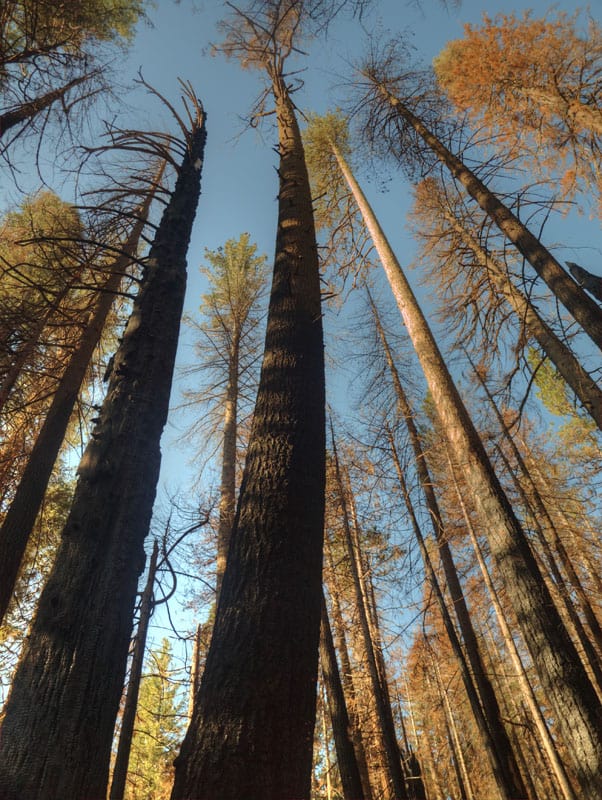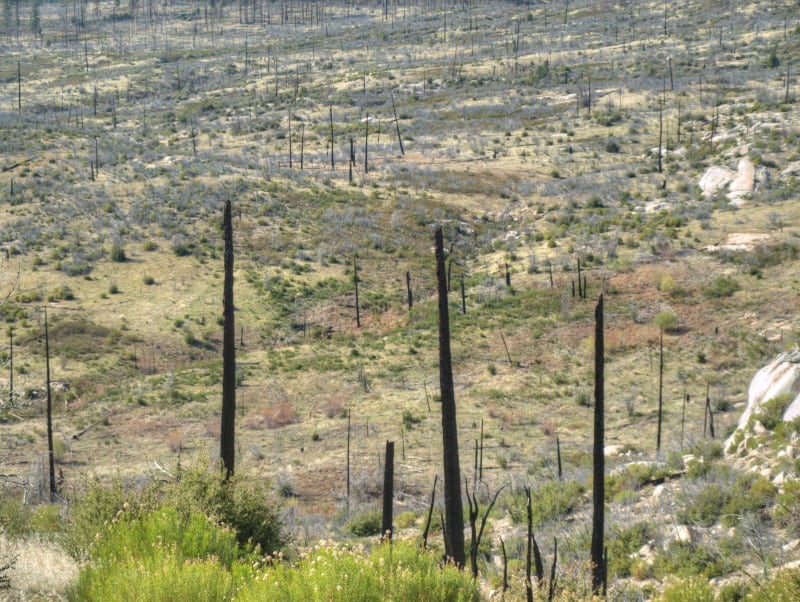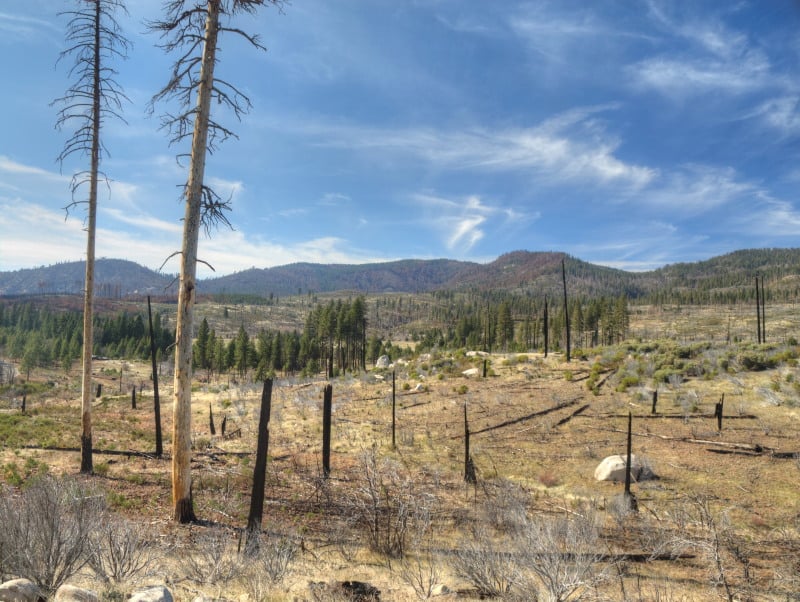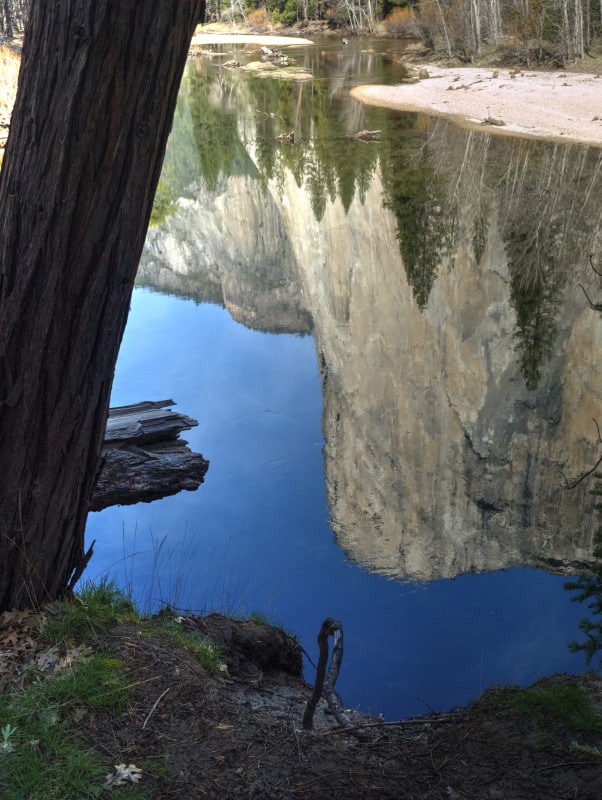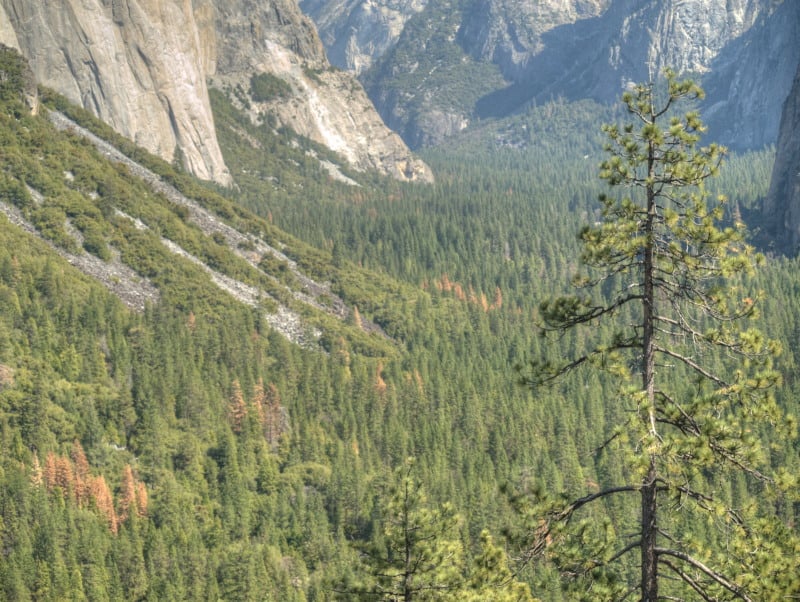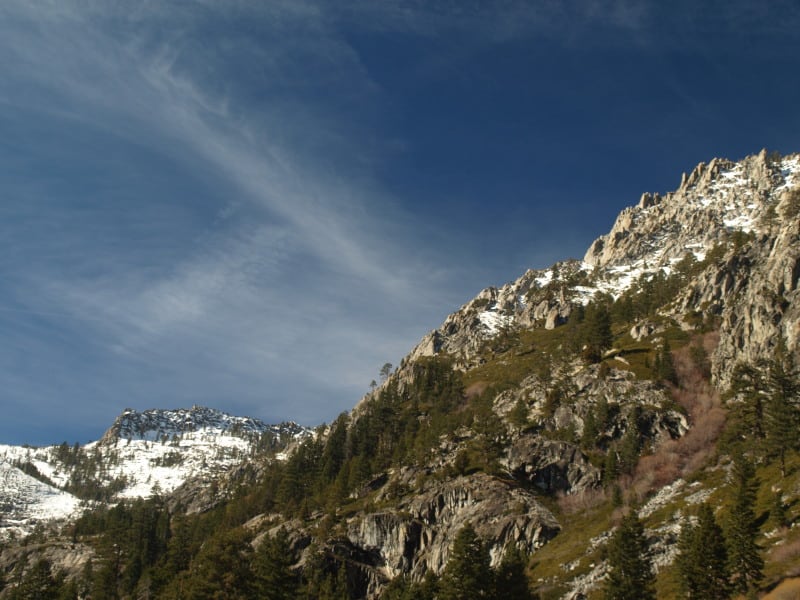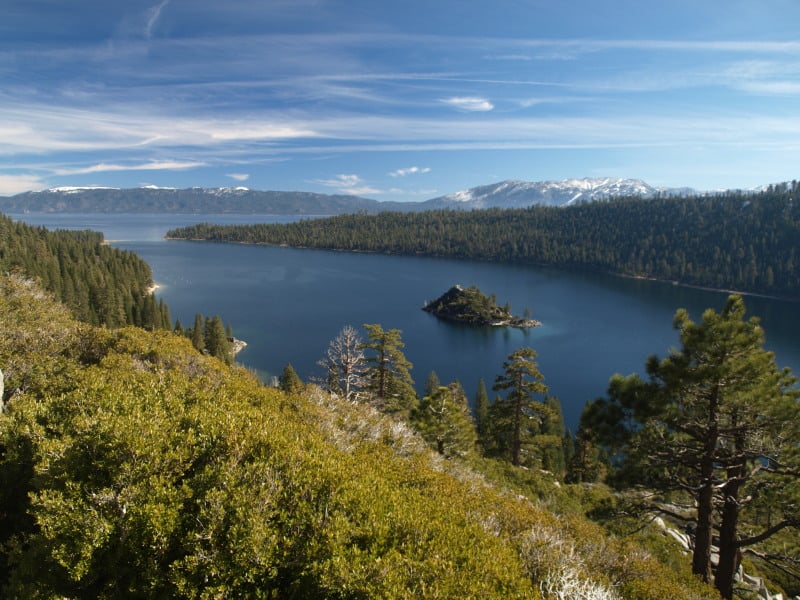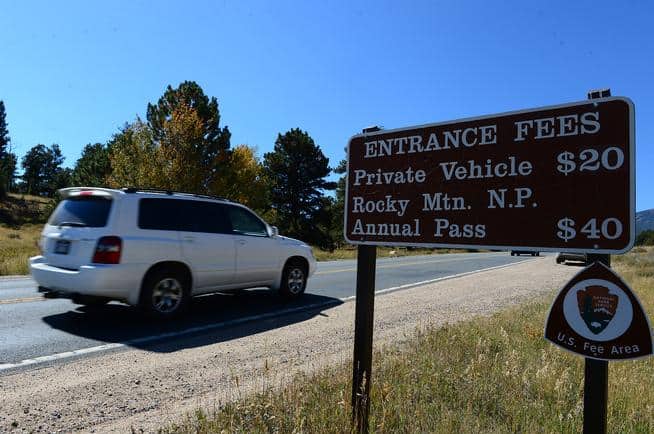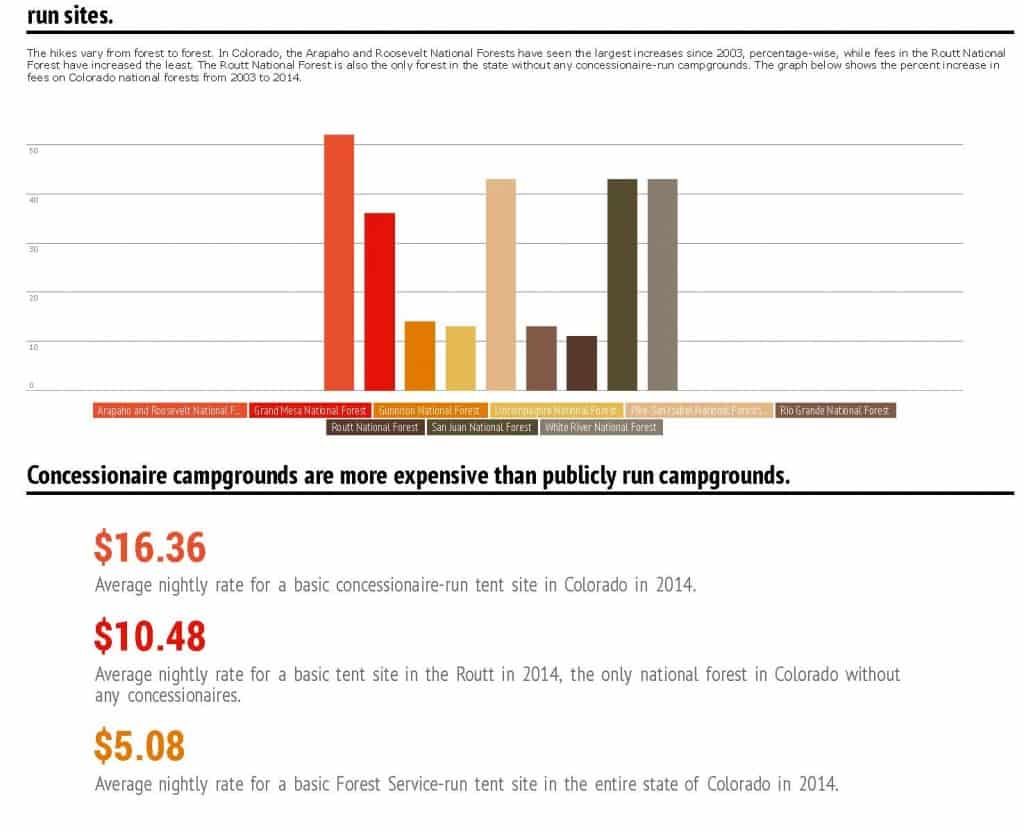
No one thinks that the use of highly developed or specialized facilities on federal lands should be free. But because our National Forests and BLM lands are a national heritage and birthright that provide important benefits to all Americans, we should be able to enjoy general access to them, as well as the use of minimal facilities that protect resources, health and safety, in return for the taxpayer funding that we provide to the Forest Service and Bureau of Land Management (BLM).
Finding the right balance between what should be funded by everyone and what should be paid for by users is not easy. Provided here are the general principles that we think federal fee legislation should adhere to. We have also provided, at our website, model language for discussion that follows these principles. Going forward we will be promoting these principles to Congress as a framework for future legislation to replace FLREA with a law that will be successful with both the agencies and the public far into the future.
Background
From the beginning of our country until 1996, with the exception of National Park entrance fees, general recreation fees on federally managed public lands were virtually unknown. In 1996, under pressure from commercial recreation interests, Fee Demo was enacted. It was an anything-goes experiment that allowed fees everywhere, for everything. Fee Demo was intended to discover what fees would be accepted by the public, and what fees would not, on lands other than National Parks, such as National Forests and BLM lands.
What were mostly acceptable were fees to use developed or specialized facilities.
What were strenuously opposed were fees for general access.
The 2004 Federal Lands Recreation Enhancement Act (FLREA) represented an attempt by Congress to apply what had been learned under Fee Demo to assure fee-free general access to National Forests and BLM lands, while providing the land management agencies with the authority to charge, collect and retain the types of fees that had proven acceptable to the public.
But by the time FLREA was enacted the agencies had become accustomed to being able to charge fees for anything, anywhere, and they resisted the new restrictions imposed by Congress. The Forest Service and BLM continued to charge fees that had been shown under Fee Demo to be unacceptable and which FLREA prohibited. Time has shown that the restrictive language included in FLREA by Congress was insufficiently tightly written to prevent agency abuse.
FLREA is set to expire on September 30, 2016. But Congress is expected to act in 2015 to take up legislation to replace FLREA. That new legislation must place specific limits upon the fees agencies can charge. It must do so clearly and without ambiguity.
Principles
What follows are principles, based upon nearly 20 years of experience gained since the passage of Fee Demo, that should govern federal recreation fees. If new legislation follows these principles the agencies will have adequate latitude to charge and retain reasonable fees, but will have to abide by clearly defined limitations that will protect the public’s right to general access onto lands that we all own in common.
– Public lands are a valued public good that provides important benefits to all Americans.
– National Forests and BLM lands are public lands for which other funds are made available by Congress.
– Recreation fees should never be expected to cover the entire cost of recreation management.
– Recreation fees should be supplemental to the funding provided by Congress and should only be imposed where there is a demonstrated need to provide supplemental benefits.
– Fee revenues should be expended to directly benefit those who paid them.
– Entrance fees should be allowed only for National Parks and National Wildlife Refuges.
– In Parks and Refuges where an entrance fee is established, no additional fee should be charged for interpretive programs and visitor centers that promote an understanding and appreciation of the values for which the unit was established.
– On National Forests and BLM lands, fees should only be allowed for the actual use of developed facilities or for specialized activities, and only where there is a demonstrated need.
– Perverse incentives to build unneeded facilities in order to justify charging fees must be eliminated.
– Fees should be prohibited for general access to Forests and BLM lands, including dispersed camping outside of developed campgrounds, travel to or through undeveloped lands and waters, snow play, wildlife viewing, trail use, parking, and access to designated wilderness or other backcountry dispersed areas.
– Fees should be prohibited for the use, either singly or in any combination, of drinking water, wayside exhibits, roads, overlook sites, scenic drives, toilet facilities, or picnic tables. Where these basic facilities cannot be provided using appropriated funds, they should not be offered.
– Fees charged at federal recreation facilities that are managed by private contractors or permittees should be subject to the same requirements and restrictions as those at federally-managed facilities, including acceptance of federal passes.
– Fee program overhead and administration should not be allowed to exceed 15% of gross revenues. This must include fee-collection materials, contracts with third parties for fee collection, and sales commissions paid to third-party vendors.
– Fee revenue should first be spent on backlogged maintenance at the facility where it was collected. Only when there is no backlogged maintenance should it available to be spent on new facilities or improvements, and only if such improvements are required and appropriate.
– Failure to pay a recreation fee should be treated as an infraction and not a misdemeanor as is currently the case under FLREA.
– The maximum penalty for failure to pay a required recreation fee should be set at $100.
– Establishing and increasing fees by the agencies must be done in an open and transparent fashion operating under congressional oversight.
– The agencies must provide opportunity for robust public participation and a mechanism must be provided to ensure public input is given full consideration when decisions are made involving the establishment of new and/or increased recreation fees.
The Western Slope No-Fee Coalition has drafted model fee legislation that comports with these principles and which amplifies, clarifies and defines terms and concepts presented in them. We offer this model as a ready-to-go bill or as a starting point for the creation of de novo legislation that uses different language to accomplish the same goals. A bill that adheres to these principles should receive broad public support and will well serve the interests of both the recreating public and the managers of our public lands whose job it is to provide for recreational access.”
